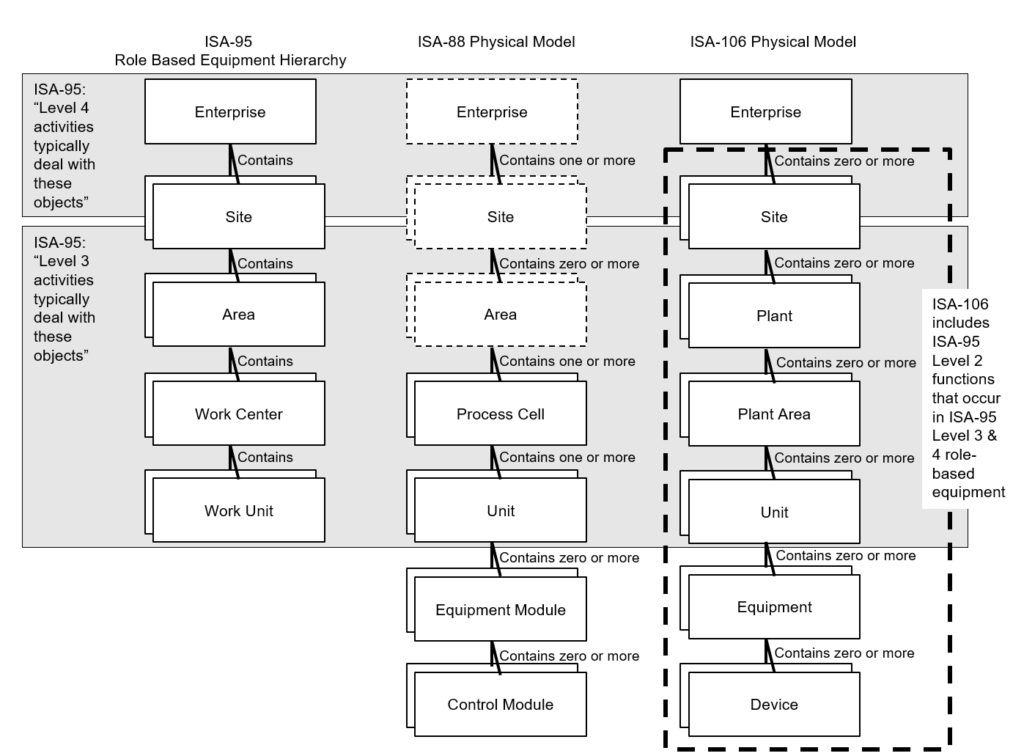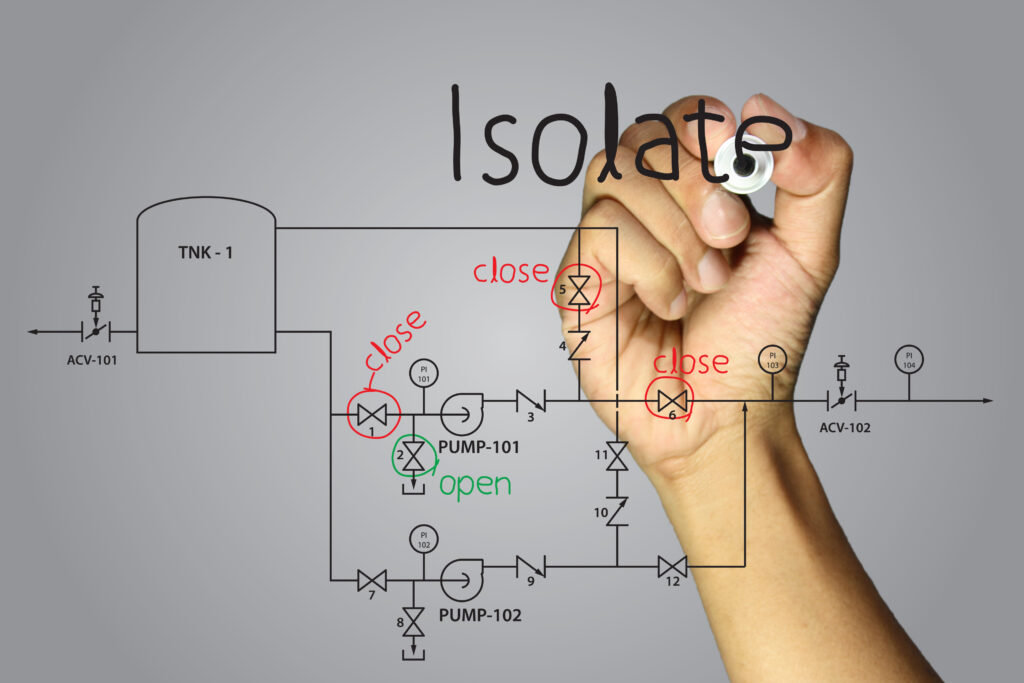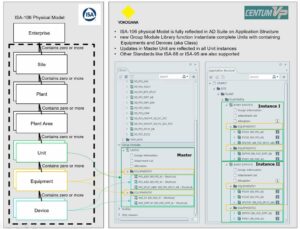What do you expect as a plant operator/owner from an Automation System?
Plant operators/owners, as well as other parties, have standardized plant structures over the years. The ISA-106/95/88 series of standards are commonly referenced for this purpose. The aim is clear; structuring your plant leads to benefits in engineering, erecting, commissioning and operating plants.
Why is that so logical? We all know that we like to repeat things. There is no, or a reduced, learning curve and we feel comfortable from the beginning. Seeing something with a known and clearly defined structure we feel at home. This is why humans stick to routines. The advantages for engineering are easy to detect. It’s comfortable to use repetitive applications multiple times without additional effort. Time and cost savings are enormous.
A clear structure and object orientation simplify commissioning to carry out structured changes.
In the life cycle of a plant, there is always potential for improvement through experience in operation, so that different operating modes of the plant result for start-up and shut-down as well as for different product lines.
Based on these operating modes, assistance systems can be automated, which efficiency is also reflected in the automation concept through its structure.
But how is it in automation systems? As a plant operator/owner you are not deeply interested in what type of system operates the plant. You just expect to find the plant structure in the automation system. Honestly, most automation systems support multiple plant structures for various industries.

Structures in Automation Engineering
The next step in module-based automation engineering?
True, the reflection on industrial plant structures is available in Automation Engineering for years. Structures for entire plants, beginning from the Site level drilled down to the Device or Control Module levels can be created. One of the key features, module-based engineering, enabled the use of parent-child relationships on Modules allowing them to be handled and organized in the Engineering Library and updated later when the parent was changed.
But this was really not enough. According to the ISA plant structure modules (Figure 1), just providing modules is not enough, getting all the above-mentioned advantages. For all use cases and flexibility in the lifecycle of a process plant, a grouping of these modules is needed. A Group Module function or in your terms a Unit library can be designed and configured in the Engineering Library (see figure below). The entire unit can be instantiated to one or more unit instances with a few mouse clicks. The Class Modules in the unit are inherited from the existing Class Module library and follow the same parent-child procedure.
Let’s summarize. With this Group Module function, plant structure standardization reaches a new era. Entire units can be created, instantiated and updated in an easy graphical way and true standardization becomes possible. Copying units within a plant or even to another plant can be done by drag & drop. Modification of instances is also easy by adding additional modules to the instance.
Yokogawa has recognized this need and implemented it completely in the new module based Automation platform AD Suite.
You wanna know more about this? Just let me know! I also look forward to a discussion with you on this blog. Please feel free to comment and share your opinion with us!
Picture credits: chakawut- stock.adobe.com





